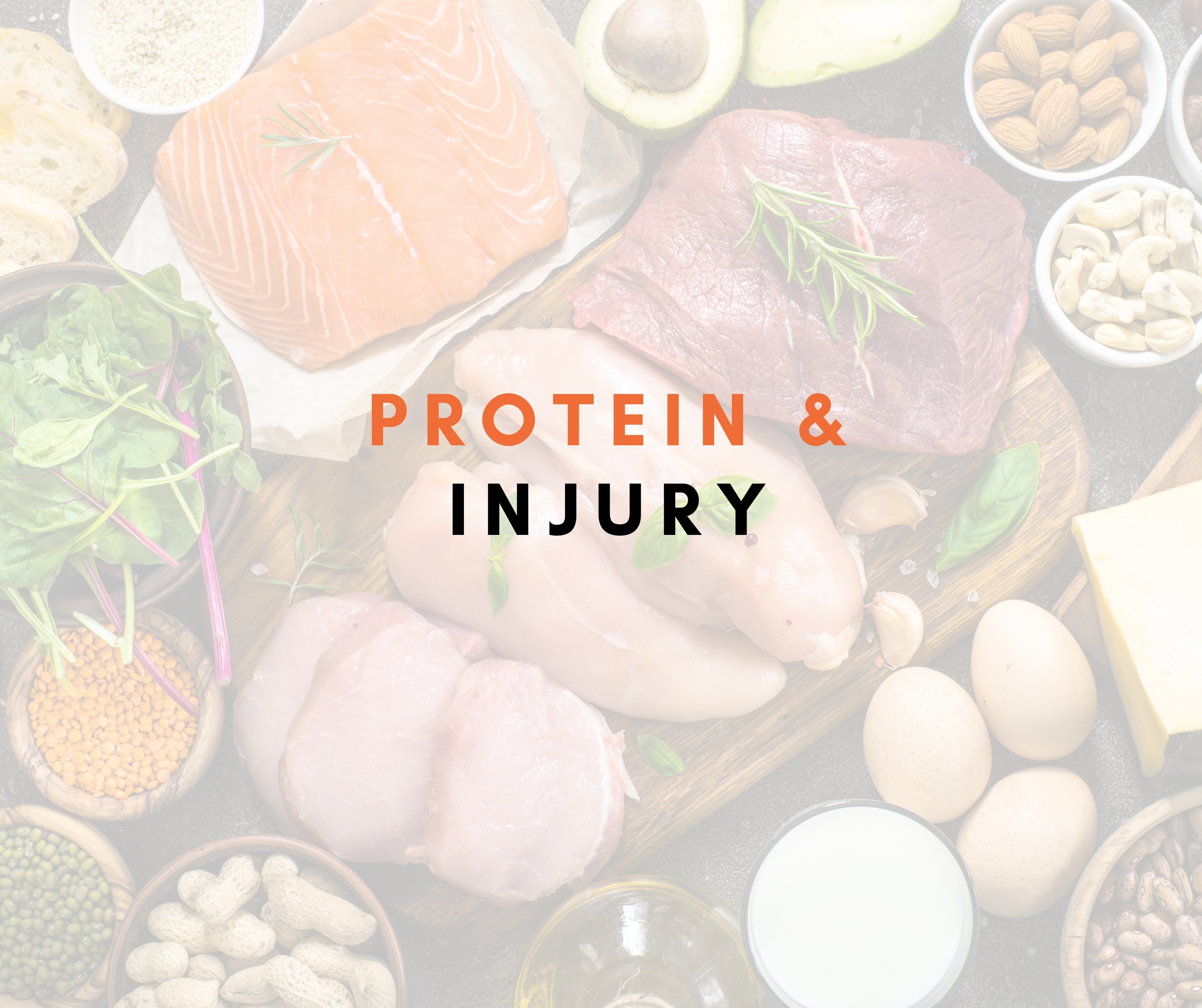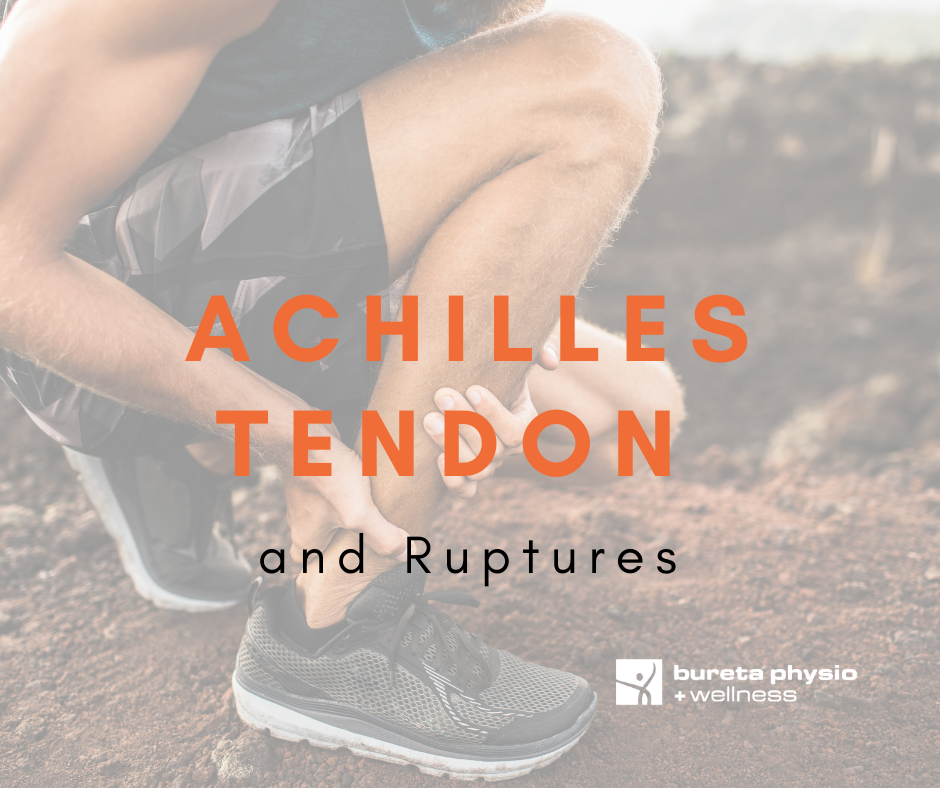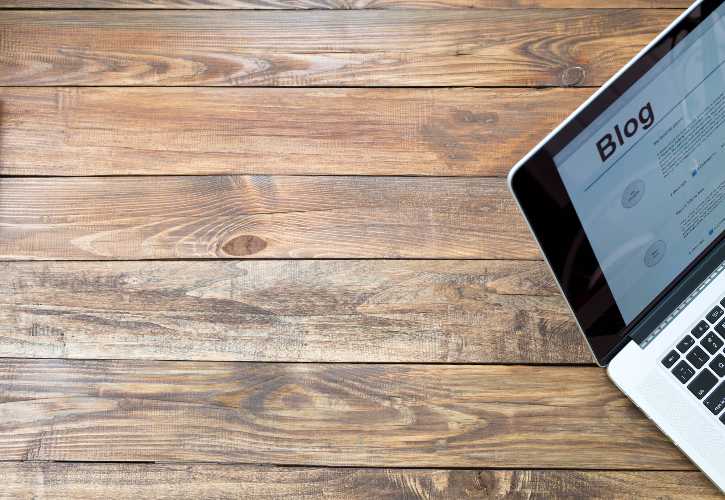
Protein & Injury
Protein is an important part of everyday life and even more so when recovering from an injury.

Protein is an important part of everyday life and even more so when recovering from an injury.

I have seen a few Achilles Tendon (AT) ruptures over the last few months, so I decided to write a blog about this injury. I hope it guides patients that have experienced this type of injury and explains how to reduce the risk of recurrence or reinjury if you have already suffered from an Achilles rupture.
Those that have experienced a rupture can confirm it is a long recovery process that can range anywhere between 6-12 months post rupture. The most common mechanism of injury in both the sporting and non-sporting environments are eccentric contraction of the calf muscle group (calf is on stretch as the heel hits the ground) and when the trunk of a person's body is opposite to the direction in which the person's foot is planted, e.g. when they change direction suddenly.
The Achilles tendon anatomy and Risks for Achilles rupture
A: Muscle tendon Junction (MDT): where the calf attaches to the tendon
B: Mid portion (the middle part of the tendon)
C: Insertional (part of the tendon that inserts onto the heel bone)
Achilles Tendon (AT) ruptures commonly occur in the active individual with underlying Achilles tendinopathy that they were unaware of (2/3 of people had no experience of pain prior to the rupture). Patients will commonly report they heard or felt a pop at the ankle when ruptured but this symptom is not always reported. Many described this as "feeling as though they were shot from behind". This is most commonly pain free at the time of the incident. Those that do experience pain during or after the rupture, will commonly report pain starting at the ankle acutely and then migrating towards the calf over the next few days. Patients will usually complain of weakness and an inability to stand, walk, or run on their foot as they could prior to the rupture.
Males are more prone to AT ruptures and unfortunately, we do not know why however, females with an absent menstrual cycle, on hormone replacement therapy (HRT) and over 40 are also at a greater risk.
Higher risk individuals to AT rupture also include people within the age group of 30- 40 and 60-75 years old. Other factors that predispose you to tendon injuries are those that are:
Most tendon ruptures occur at the mid-portion of the Achilles and this is usually due to existing tendon degeneration however, this can occur in individuals with NO tendon pathology too. As mentioned before, this is usually the group that does not have pain with their tendon prior to rupture as most people that suffer from tendinopathy pain seek treatment and therefore begin rehabilitation that builds strength and capacity in their calf and Achilles complex and therefore their risk of rupture is reduced. So remember if you are someone who is struggling with Achilles tendon pain that has been persisting for a short or long period of time ensure you seek an assessment of this from someone who is experienced in tendinopathy pain so that you can get this on the right track. It is important you do this rather than being afraid your tendon may rupture as that is extremely unlikely in your case.
It is less common that a healthy tendon will rupture unless it has been exposed to a significant external force in which case rupture at the MDT portion of the Achilles will occur.
Management of AT ruptures
These can be managed conservatively or surgically but in New Zealand, the majority of these injuries are treated conservatively. This, at times, differs in the elite athlete population but research shows us that after 18 months post rupture the outcomes of surgical vs conservative care are largely the same. The conservatively managed population has a slightly higher risk of re rupture and the surgically managed group has a higher incidence of infection, but overall results are relatively even, and good function regained. Other things that may be taken into account when considering surgical vs conservative management are whether the injury is acute (5 days) or chronic (3-6weeks); the size and location of the tear, and the Orthopaedic surgeon's availability and assessment of the individual.
Overall, there is little difference in recovery and return to play with the 2 approaches. The main difference is that with operative management, the person may regain functional use of the foot a few weeks earlier than conservative BUT with all approaches, there are risks and benefits for each. As a physiotherapist, I would always encourage my patients to consider a conservative approach.
The most important contributing factor determining the success to a full return to function is the quality of the REHABILITATION post rupture.
Both surgical and conservative approaches protocols include;
A: Immobilisation in serial casting in a plantarflexed position (pointed foot position) for (2-3 weeks) whilst using crutches to avoid putting weight through the tendon.
B: At 3 weeks they are put in a moon boot with wedges keeping the foot into a pointed position and 1 wedge is removed on a weekly basis until the patients' foot is in a neutral (flat foot) position. The Doctor will advise on when gradual weight bearing can occur.
C: Ideally from around 6 weeks the patient will be able to gradually start weight bearing and commence light exercise (guided by Doctor and Physio).
D: At 10 weeks post rupture, the patient is usually allowed to remove the boot and walk, gradually increasing walking time and distance.
The important thing during this initial phase of recovery is that we allow the tendon to heal properly and develop sufficient stiffness! A long Achilles repair leads to less function as the final outcome.
The immobilisation period is important as it bridges the gap of the Achilles and promotes the tendon healing in a shortened rather than lengthened position. A tendon that heals in a lengthened position is less likely to be able to develop appropriate strength and force which leads to a less than satisfactory outcome including a greater likelihood of re-rupture.
Rehabilitation post rupture
As a physiotherapist, we want to ensure that we regain ankle and forefoot mobility, regain and optimise your calf and foot endurance, strength and proprioception of BOTH legs.
We also aim to achieve proximal strength through your hips, core and the remainder of your lower limb as this will facilitate recovery and a greater overall outcome.
We will guide you through sport specific training and return to play programmes to reduce the risk of re-rupture and ensure not only a return to play but more importantly over time a return to performance.
I always advise my patients to start physiotherapy ASAP as there is a lot we can do to help facilitate recovery without affecting the injured area. When you are out of the serial casting and put in the moon boot, we will then start with hands on treatment to regain ankle and foot mobility whilst protecting the AT.
It is comforting to know that 80% f people return to full sporting activities following a rupture and that the Achilles tendon can tolerate the force being put on it! With each running step the AT has a load of 6 X bodyweight put on it!
With appropriate rehab, you can feel confident and enjoy a return to sport without being afraid to re-rupture, provided you have done your homework.
If you have any questions or concerns regarding any Achilles pain you are having or have had, please contact us to talk to a qualified Physiotherapist
Written by Dunia Mouneimne Senior Physiotherapist



